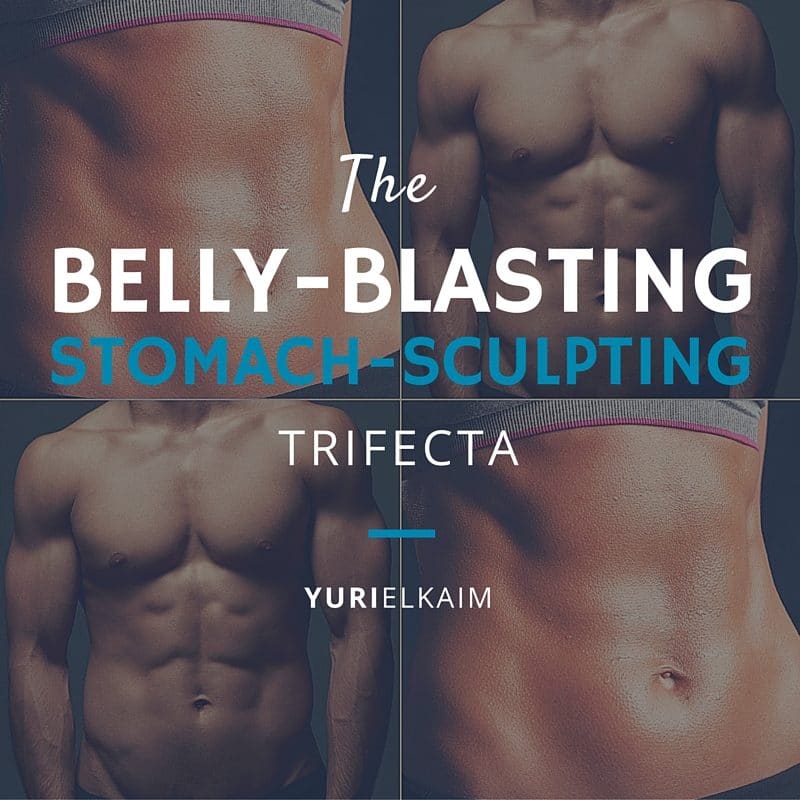The washboard stomach is perhaps the most popular visual hallmark of fitness. The holy grail, if you will. Despite this being the case, most people don’t know how to get abs.
In this article
In fact, there’s a lot more confusion surrounding the abs than almost any other body part. People pretty much know how to redesign their biceps, but they flounder when when they try to figure out how to get abs.
This is because truly getting sculpted abs and finally getting rid of your pesky belly fat—which is directly linked to serious health problems such as type 2 diabetes, heart disease and stroke—requires a combination of the right cardio, strength training and specific core exercises.
How to Get Abs: Why You’re Going About It All Wrong
You can do all the crunches and other abdominal exercises in the world, but if you still have a layer of fat covering your abs, you’ll never see the results.
You can do all the aerobic exercise you want, but if you lose the fat without sculpting the muscles, you’ll just have a smaller, but still flabby and shapeless abdomen.
It’s important to remember that most forms of exercise are better than doing nothing at all, but my goal is to show the ones that are more effective (and safer).
Some of the things you do to burn fat and build muscle have more short-term benefits, while others have more long-term benefits. The most effective methods have a nice combination of both.
I’m going to break down a 3-part how to get abs formula for you that will help you zero in on exactly what you have to do to get those 6-pack abs you’ve been dreaming of.

